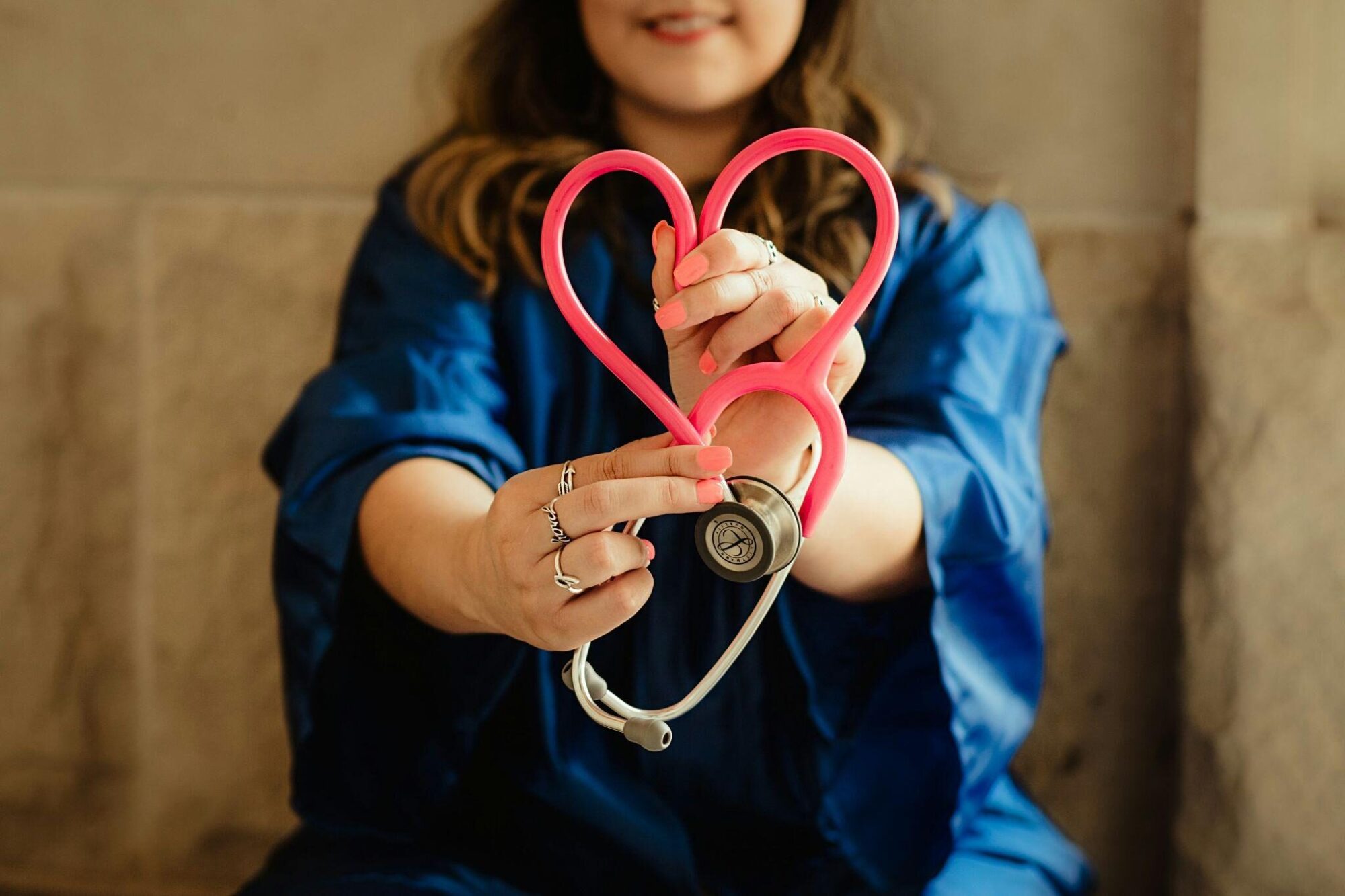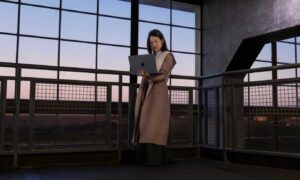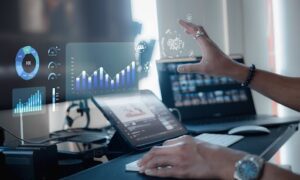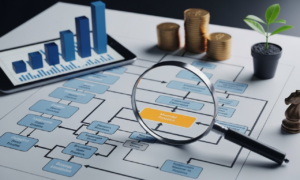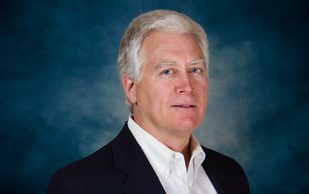Healthcare is changing fast and so is the way students train for careers in this field. It’s no longer just about books and classrooms.
Now, it’s about hands-on experience. It’s about learning in real-world environments. This shift is creating smarter, more prepared professionals.
Real Skills Need Real Settings
Students can’t learn everything from a textbook. They need to get their hands dirty. They need to be in a lab or maybe in a mock emergency room. That’s where real learning happens. The tools, the pace, the pressure—it all helps students get ready for what’s coming.
Take someone studying imaging, for example. They need more than theory. They need to work with machines and handle scans. Students enrolling in a radiography program get that kind of training. They learn how to position patients and how to read images. They practice with real tools in advanced labs, which helps them grow confident.
Technology Changes the Game
Advanced facilities are packed with tech. You see high-end imaging tools. You see virtual reality setups. You might even see simulation mannequins. These tools bring the classroom to life. They show students what it’s like to be on the job.
VR headsets can place students inside operating rooms. They can run through emergency drills. They get to make choices and witness the outcomes unfold. It’s safe and controlled but it feels real. That’s the beauty of it. Students learn from mistakes without hurting anyone.
Simulation labs also play a big part. They mimic real medical settings. Students move fast. They follow procedures. They communicate with team members. This isn’t just about knowing facts. It’s about reacting under pressure and doing it right.
Better Training Means Better Patient Care
Let’s be honest. Nobody wants a nurse or tech who learned only from a book. Patients want pros who’ve been there before. They want someone who’s calm. Someone who knows what to do. Training in advanced facilities helps build that kind of skill.
When students practice in labs, they get better and sharper. They make quicker decisions and catch problems faster. All of this leads to better care for patients. That’s the whole point, after all.
This also builds trust. Patients can feel it. They know when a healthcare worker is sure of themselves. Confidence makes a difference. And that confidence starts with the right kind of training.
Training Programs Are Growing
More schools are catching on. They see the need. They’re building new centers. They’re upgrading old labs. They’re investing in better gear. This is happening across the country.
Schools are also working with hospitals. They create partnerships. They send students into real settings. This gives students a taste of the job early on. It’s not just an internship. It’s part of the training.
Some programs now require clinical hours. That means students must log time in real healthcare spaces. They assist professionals and handle actual tasks. They interact with patients, which bridges the gap between school and work.
Online Doesn’t Mean Less Hands-On
You might think online training skips the hands-on practice. But many programs blend both. Students learn the theory online, then they meet in person for labs or they do simulations at home. Tech makes that possible.
Some schools send lab kits to students. Others set up local labs they can visit. This flexibility helps more people join the field. Parents. Full-time workers. Career changers. They all get a shot.
Even online radiography courses offer this balance. Students still need to complete imaging hours. They still need to get certified. Schools make sure of it. So, online doesn’t mean easy. It just means flexible.
Prepping for a Changing Industry
Healthcare is not staying the same. New diseases pop up. Old ones come back. Tech keeps evolving. That’s why training must evolve too. What worked ten years ago won’t cut it now.
Students must be ready for constant change. That’s why advanced facilities matter. They teach students how to learn fast, how to stay updated, how to adapt.
For example, imaging tech is always improving. Machines get faster. Images get clearer. Professionals must keep up. If your training doesn’t cover the latest tools, you’re behind. Schools know this. They’re adjusting their programs.
Soft Skills Are a Big Deal Too
It’s not all about machines and tools. Healthcare workers need people skills. They need to talk to patients. They need to work in teams. They need to stay calm when things go wrong.
Advanced training setups help with this too. Sim labs often include role-playing. One student plays the nurse. One plays the patient. Others watch and give feedback. This builds communication skills. It helps students see things from both sides.
Some programs also bring in actors. They pretend to be patients with complex needs. Students must figure out how to help. These sessions teach empathy. They teach patience. And they stick with students for life.
The Future Looks Bright
With the rise of these new tools, the future of healthcare training looks good. Students get more out of their programs. They finish ready for real work. Employers notice this. They hire with more confidence.
The shift is clear; we’re moving toward smarter, faster, and better training. It’s all thanks to advanced facilities. These places bring learning to life. They prepare students for what’s next.
If you’re thinking about a career in healthcare, pay attention to where you train. Look for programs with strong labs. Ask about hands-on learning. Check their tools. The more real it feels, the better your chances later.

